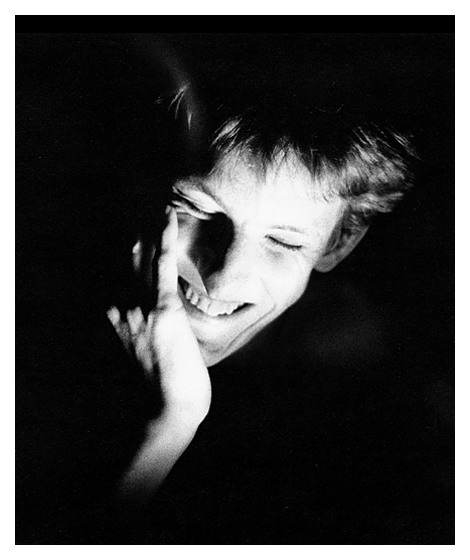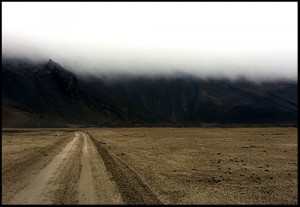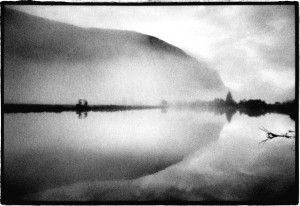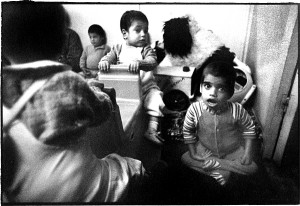They are no longer alive
Photography can mean so many different things to different people. One of the most poignant and common thoughts it triggers is the way it defies the passage of time. The way a person’s face has been captured, halting the ageing process and allowing a glimpse into their soul, their troubles, their happiness and their thoughts of that moment. Whether the photograph is a hundred years old or six months old, they show a moment that is forever gone, transient, yet highly significant and personal to the person photographed.
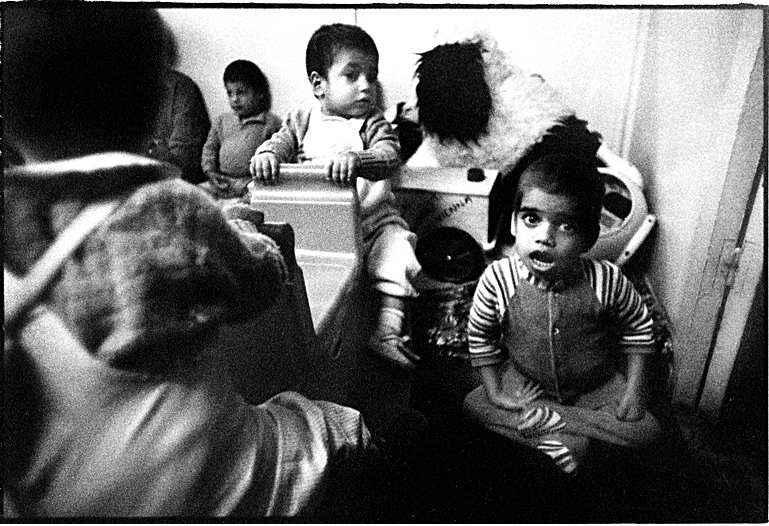 I am lucky enough to be able to remember the moment I pressed the shutter release on the vast majority of my photographs. My feelings, my thoughts, my moods, the smells surrounding me, the noises, the weather – all there for me to call on whenever I see one of my negatives. And these all intensify and increase the more I print or use an image. I have learnt to tune it out, to ignore the emotions, but sometimes they are either too strong or too powerful for me to be able to, or indeed want, to do this.
I am lucky enough to be able to remember the moment I pressed the shutter release on the vast majority of my photographs. My feelings, my thoughts, my moods, the smells surrounding me, the noises, the weather – all there for me to call on whenever I see one of my negatives. And these all intensify and increase the more I print or use an image. I have learnt to tune it out, to ignore the emotions, but sometimes they are either too strong or too powerful for me to be able to, or indeed want, to do this.
Highly personal moments, like the picture of Jake hours after he was born or the portrait of Hamish taken months before his tragic death are relished and cherished by me. But the years spent travelling to Romania working in orphanages, AIDS hospices, hospitals and homes sit deep within me, whispering, leaking and oozing their memories and emotions into my essence. The price a photographer pays when he or she looks into the eyes and soul of a dying person and takes a picture is, and should be, high. It is an invasive process, a form of rape and to do this to someone, whether they are willing or not, at such moments of vulnerability is an act that should be continuously questioned by the photographer.
When I look at the photographs I took in Romania I am honoured to be able to see beyond the images I took of adults and children – the vast majority of whom will no longer be alive – and remember their touch, both emotional and physical, their smell, their eyes and their presence. I live with my memories of those moments and I would have it no other way. A photograph may be able to freeze time and allow the viewer the opportunity to look into a person’s soul, but there are some things a photograph cannot hope to capture, things that will live on, growing and evolving inside the photographer.


